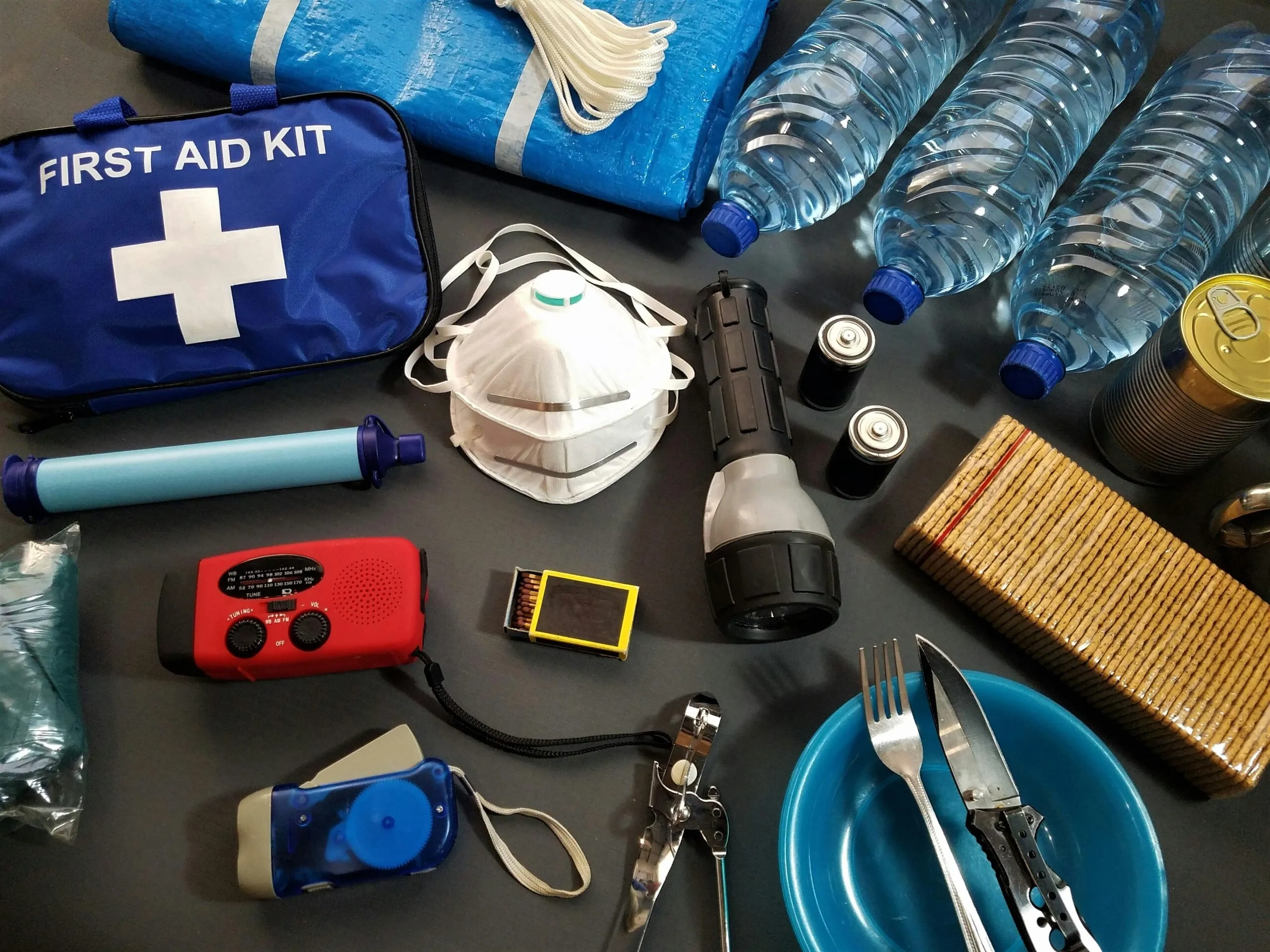Introduction
Community organisations are increasingly using artificial intelligence (AI) to create marketing content, aiming to improve their work processes and better meet community needs. However, the use of generative AI introduces complex legal implications, especially concerning intellectual property ownership and the potential liabilities that can arise from the AI system’s output.
A primary challenge is that under current Australian law, AI-generated content created without substantial human input may not qualify for copyright protection, leaving valuable marketing assets unprotected. This guide will explore the key legal issues of copyright ownership and liability, providing essential information to help charities navigate the risks and responsibly use AI in their marketing efforts.
Who Owns AI-Generated Intellectual Property
The Requirement for Human Authorship in Australian Copyright Law
Under Australian copyright law, intellectual property protection is granted to “original works of authorship.” This protection hinges on a fundamental requirement: the involvement of a human creator who has applied independent intellectual effort, skill, and judgment. The principle of human authorship stands at the core of copyright determination.
Content generated solely by an AI system, without significant human intervention, faces a significant legal hurdle: it is unlikely to receive copyright protection in Australia. This is because:
- An AI is not considered a “human author” under the law
- AI-generated output on its own fails to meet the legal threshold for originality
- The creative effort required by the Copyright Act 1968 (Cth) necessitates human input
Consequently, purely AI-generated marketing content may be considered ownerless in the eyes of the law.
The legal situation becomes more nuanced when humans collaborate with AI tools. In these cases, a distinction is made between computer-assisted and computer-generated work. Copyright protection may apply if a person:
- Provides detailed prompts to the AI
- Makes significant edits to AI outputs
- Creatively arranges AI-generated content
The key determining factor is whether a human has made substantial creative choices and contributions to the final product.
Implications for Your Charity When Copyright Protection Is Absent
When your charity’s AI-generated marketing content lacks copyright protection, it creates significant commercial risks. Without legal ownership, your organisation cannot prevent others from:
- Copying your materials
- Reusing your content
- Distributing your work without permission
This lack of protection leaves valuable assets vulnerable to appropriation by competitors or other organisations.
The primary implication is the loss of exclusivity over your creative work. Consider this scenario: your charity uses a generative AI system to create a unique and compelling slogan for a major fundraising campaign. If that slogan lacks copyright protection due to minimal human input, another organisation could legally use the exact same slogan for their own purposes. This could potentially:
- Confuse donors about which organisation they’re supporting
- Dilute the impact of your campaign
- Reduce the effectiveness of your marketing efforts
This vulnerability means that any investment of time and resources into creating AI-generated content could be undermined. Competitors can freely replicate your AI-created logos, brochures, or social media posts without facing legal consequences. This not only diminishes the uniqueness of your brand but also means you have little legal recourse to stop them.
Request a Free Consultation with one of our experienced Lawyers today.
Get Your Free Initial Consultation
Key Legal Liabilities Your Charity Faces When Using AI
The Risk of Copyright Infringement from AI Output
A significant legal risk arises from how generative AI systems are trained. These models learn by processing vast amounts of data scraped from the internet, which often includes copyrighted materials used without the owner’s permission.
Consequently, the AI system may produce marketing content for your charity that is substantially similar to an existing protected work, leading to a claim of copyright infringement.
Even if the copying was unintentional and performed by the AI tool, your organisation could be held liable for publishing the infringing output. It is important to note that most AI companies’ terms of service place the legal responsibility for copyright issues squarely on the user. This means your charity assumes the risk for any AI-generated content it uses commercially.
Misinformation & Defamation Liabilities
AI-generated content is not always accurate and can sometimes produce information that is misleading or false. If your charity publishes marketing material created by an AI system that contains inaccurate statements, you could be held liable for spreading misinformation. This is particularly relevant under the Australian Consumer Law (ACL), which prohibits misleading or deceptive conduct.
Furthermore, if the AI-generated content damages an individual’s reputation, it could be considered defamation. In Australia, the organisation that publishes defamatory material is legally responsible, regardless of whether it was written by a human or an AI system.
Therefore, it is crucial to have a human review process to verify the accuracy and integrity of all AI-generated marketing content before it is released.
Data Privacy & Confidentiality Concerns
Using AI tools poses one of the most significant legal risks related to data privacy and security. Charities frequently handle personal and often sensitive information about donors, beneficiaries, and staff.
Inputting this data into an AI system, particularly a publicly available one, creates substantial privacy risks. These concerns are heightened because many AI programs use the data they receive to continuously train their models. This practice can lead to serious legal issues and potential breaches of the Australian Privacy Principles (APPs).
Key privacy risks include:
| Privacy Risk | Description |
|---|---|
| Unauthorised Disclosure | Personal or confidential information entered into an AI tool could be inadvertently exposed or become part of the model’s training data, making it accessible to others. |
| Compliance Breaches | Using personal data in this manner may violate your obligations under the Privacy Act 1988 (Cth), as it may constitute a secondary use of information that individuals would not reasonably expect. |
| Loss of Control | Once information is entered into an external AI system, it can be very difficult, if not impossible, to track its use or have it removed. |
As a matter of best practice, it is strongly recommended that organisations do not enter personal information, especially sensitive data, into publicly available generative AI tools.
100% Obligation-Free
Speak to one of our Experienced Lawyers Today
Understanding AI Tool Licensing & Terms of Service
Reviewing Commercial Usage Rights for AI Marketing Content
Before integrating any generative AI system into your marketing workflows, it is crucial to carefully review its terms of service and licensing agreements. These documents dictate how your charity can legally use the AI-generated content. Failing to understand these terms could lead to a breach of contract or other legal issues.
When examining the terms for an AI tool, you should verify several key points to ensure the output can be used for your intended purposes. Specifically, look for clauses that address:
| Term to Review | Key Consideration |
|---|---|
| Ownership of outputs | The agreement should clarify who owns the intellectual property rights to the content the AI system generates. Some services may assign rights to you, while others might retain ownership. |
| Permitted usage | Confirm whether the license allows for commercial use, which is essential for marketing and fundraising activities. Some tools may restrict outputs to non-commercial or internal use only. |
| Usage restrictions | Be aware of any limitations on how or where the AI-generated marketing content can be redistributed or published. |
Identifying Who Assumes Responsibility for Infringing Output
A critical aspect of using AI products involves understanding who bears the legal responsibility if the output infringes on a third party’s copyright. Most AI companies design their terms of service to shift this liability away from themselves and onto the user. This makes it essential for your charity to perform due diligence before publishing any AI-generated content.
The terms of service for many AI tools explicitly state that the user is responsible for ensuring the generated material does not violate existing intellectual property rights. These agreements often include indemnity clauses that require you to handle any legal claims arising from infringing output.
This means if the AI system produces marketing content that is substantially similar to a copyrighted work, your organisation, not the AI provider, would likely face the legal consequences of copyright infringement.
Request a Free Consultation with one of our experienced Lawyers today.
Get Your Free Initial Consultation
Practical Steps to Mitigate Legal Exposure for Your Charity
Developing an AI Policy & Providing Staff Training
To manage the legal risks associated with generative AI, your charity should develop a comprehensive AI policy. This formal document establishes clear guidelines for the responsible use of AI tools and ensures that their application aligns with your organisation’s values, privacy obligations, and operational policies.
A robust AI policy provides essential guardrails for employees and volunteers, outlining what constitutes acceptable and prohibited use of AI systems. An effective policy should address several key areas to provide clarity and direction for your staff:
| Policy Section | Content and Focus |
|---|---|
| Purpose and Scope | Clearly state the policy’s objective, such as ensuring the ethical and responsible use of AI, and define who it applies to and which AI tools are covered. |
| Guiding Principles | Outline core principles for AI use, including ethical considerations, transparency with stakeholders, accountability for AI-driven outcomes, and compliance with all relevant laws. |
| Governance and Oversight | Appoint a specific person or committee to oversee all AI initiatives, ensuring that the board or leadership team maintains oversight through regular reporting. |
| Risk Management | Implement procedures for conducting regular risk assessments of AI technologies, identifying potential biases, security vulnerabilities, and privacy concerns, and establishing mitigation strategies. |
| Data Management | Ensure strict compliance with the Privacy Act 1988 (Cth) and the APPs, particularly concerning the input of personal or sensitive information into any AI system. |
Alongside a formal policy, providing regular staff training is crucial. Education should cover the AI policy’s contents, the capabilities and limitations of approved AI tools, and the potential legal issues, such as copyright infringement and data privacy breaches. This ensures your team can use AI products effectively while minimising legal exposure for the organisation.
Ensuring Human Oversight & Documenting Creative Input
A critical step in mitigating legal risks is to ensure constant human oversight of all AI-generated content. You should treat AI outputs as a starting point rather than a final product.
Implementing a mandatory human review process allows your organisation to identify and correct potential issues before any marketing content is published. This review process is essential for several reasons. It helps to:
- Check for factual inaccuracies, misinformation, or defamatory statements.
- Identify potential copyright infringement where the AI output is substantially similar to existing works.
- Ensure the content aligns with your charity’s brand voice and values.
- Correct biases that may be present in the AI-generated material.
In addition to reviewing outputs, it is vital to document the creative process and the extent of human involvement. Under Australian law, copyright protection is more likely to apply to AI-assisted work if there has been substantial human intellectual effort.
Keeping detailed records can strengthen your charity’s claim to intellectual property ownership. This documentation should include records of the AI system used, the specific prompts given, and a clear trail of the edits, refinements, and creative choices made by a person to transform the initial AI output into the final marketing content.
Conclusion
Using generative AI for marketing content presents charities with significant legal challenges, particularly concerning intellectual property ownership and potential liabilities like copyright infringement. A proactive approach, which includes understanding AI tool licenses and implementing strong internal policies with human oversight, is essential for managing these risks effectively.
Addressing these complex legal issues requires specialised guidance to protect your organisation from potential legal exposure. For trusted expertise, contact our not-for-profit lawyers at LawBridge today to ensure your charity can responsibly innovate with AI while minimising legal risks.
Frequently Asked Questions
No, under current Australian law, content generated solely by an AI system is unlikely to receive copyright protection. This is because the law requires a human author who has applied skill and judgment to the creative process.
Your charity could be held liable for copyright infringement, even if the similarity was unintentional and created by the AI tool. The legal responsibility for publishing the infringing output generally rests with the user, not the AI provider.
The organisation that publishes the content is legally responsible for any defamatory statements it contains. If your charity publishes defamatory material generated by an AI system, it can be held liable.
No, it is not safe to input donor information into a public AI tool due to significant privacy risks. Doing so may breach your obligations under the APPs and expose sensitive data.
You can strengthen your copyright claim by ensuring substantial human involvement in the creative process. This includes providing detailed prompts, making significant edits to the AI output, and documenting all your creative contributions.
Generally, no, the terms of service for most AI products do not protect your charity from liability. These agreements typically shift the legal responsibility for infringing output onto the user, meaning your organisation assumes the risk.
The biggest copyright risk is that the generative AI system may have been trained on copyrighted materials without permission. This can result in the AI system producing marketing content for your charity that is substantially similar to a protected work, leading to an infringement claim.
Yes, your charity can be held liable for publishing inaccurate or misleading information generated by an AI system. This could lead to a breach of the ACL, which prohibits misleading or deceptive conduct.
The most important first step is to develop a comprehensive AI policy that establishes clear guidelines for the responsible use of AI tools. This policy should outline acceptable uses and align with your organisation’s existing privacy and operational policies to manage legal risks.








